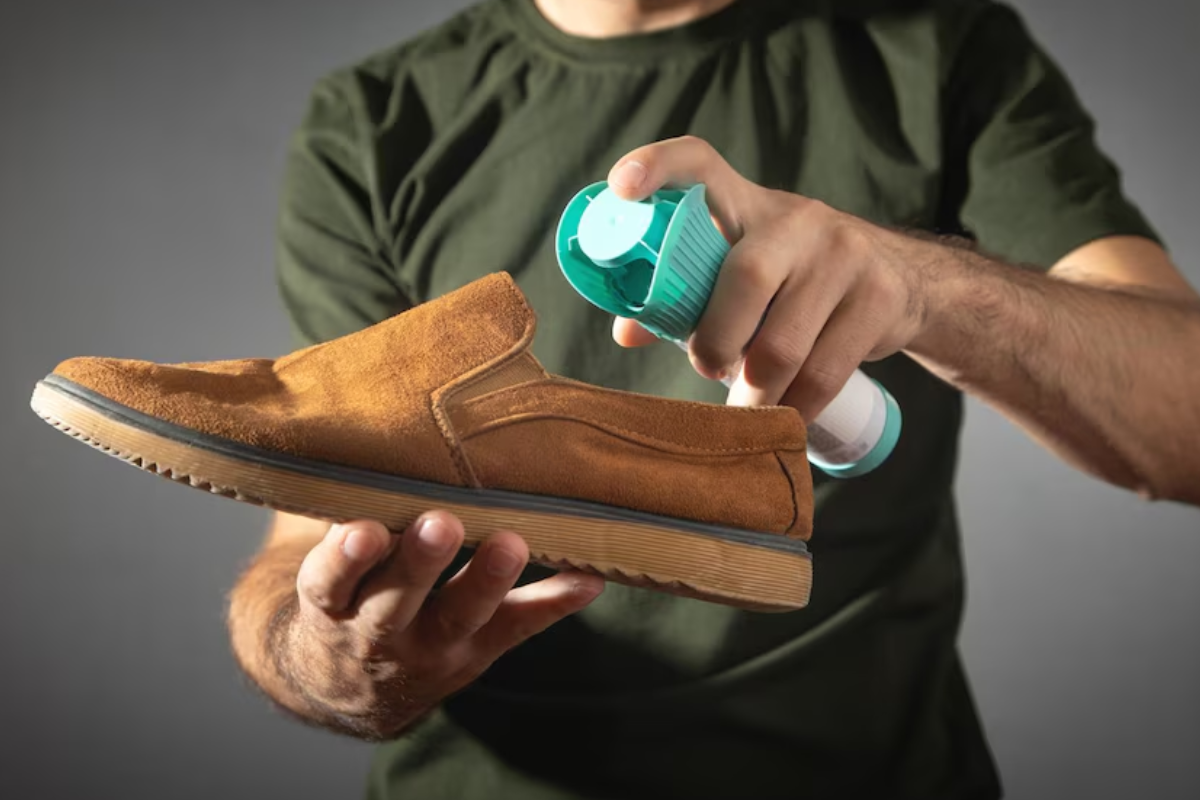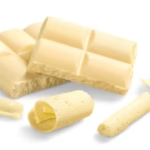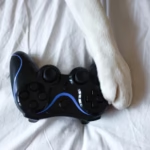Suede shoes are stylish and timeless, but they’re also known for being tricky to clean. The soft, textured surface can be easily damaged by water, harsh chemicals, or the wrong techniques. If you’ve been wondering how to clean suede shoes safely and effectively, this guide will walk you through every step.
Whether you’re dealing with light dust or stubborn stains, learning the right way to clean and care for suede can keep your shoes looking fresh for a long time.
Understanding Suede and Why It Needs Special Care
Suede isn’t like your average leather or fabric—it’s delicate and requires gentle handling. Cleaning it the wrong way can leave permanent damage or change the texture of the material.
What Makes Suede Different from Other Materials?
Suede is made from the underside of animal hide, giving it that soft, velvety surface people love. But that same texture is what makes suede vulnerable. It absorbs moisture quickly, traps dirt, and shows stains more easily than smooth leather or canvas.
Unlike leather, suede doesn’t have a protective finish. That means it doesn’t handle water well and can lose its texture or color if exposed to harsh cleaning agents or rough scrubbing.
Common Mistakes People Make When Cleaning Suede
One of the most common mistakes is using water directly on the suede. Water can darken the material or cause water stains that are hard to remove.
Another mistake is using household cleaners or scrubbing tools that are too rough. These can flatten the nap (the fuzzy texture) or leave the surface scratched.
Skipping protection after cleaning is also a big one. Suede is porous, and without a protective spray, it’s more likely to stain again quickly.
What You’ll Need Before You Start?
Before jumping into the cleaning process, it’s important to gather the right tools. Having the right supplies on hand will make the process smoother and safer for your shoes.
Basic Cleaning Tools for Suede
To begin with, you’ll need a suede brush, which is designed to lift the nap without damaging the material. A soft cloth and a clean eraser (or suede cleaning block) are also useful for removing minor marks.
Some people also use a toothbrush in a pinch, but it should be soft-bristled to avoid roughing up the suede.
Optional Supplies for Stains or Deep Cleaning
For deeper cleaning, a white vinegar or rubbing alcohol solution can help lift tougher stains. These liquids evaporate faster than water and are safer for suede when used carefully.
If odor is an issue, baking soda can help absorb smells. You might also consider using a suede cleaning kit, which often includes multiple tools and stain removers specially designed for delicate materials.
How to Clean Everyday Dirt and Dust Off Suede Shoes?
Cleaning regular dirt from suede doesn’t have to be a big job. Start by brushing the shoes gently with a suede brush to lift away surface dust. Always brush in one direction at first to loosen dirt, then in different directions to raise the nap and even out the color.
For light spots or scuffs, a suede eraser or a clean pencil eraser can be rubbed lightly over the mark. The key is to go slowly and avoid using pressure. You want to remove the mark, not grind it in.
Doing this regularly helps prevent deeper stains and keeps your shoes looking fresh.
Removing Stains from Suede Shoes Safely
Suede is prone to all kinds of stains—from water splashes to oil and mud. Each type needs its own gentle cleaning method to avoid further damage.
Water Stains
It might sound strange, but the best way to fix a water stain is often with more water—used the right way.
Lightly dampen the entire shoe with a clean sponge or cloth (do not soak it), then stuff it with paper to hold its shape and let it dry naturally. This evens out the color and reduces visible water marks.
Oil or Grease Stains
For oil-based stains, try sprinkling a small amount of cornstarch or talcum powder on the spot. Let it sit overnight to absorb the oil, then brush it off with a suede brush.
If the stain remains, dab a cloth with rubbing alcohol and blot the area gently. Be sure to let it dry completely before brushing.
Mud and Scuff Marks
Let mud dry completely before doing anything. Trying to clean wet mud will only spread it further.
Once dry, use your suede brush to gently remove the dirt. For scuff marks, use a suede eraser in small, circular motions until the spot fades.
Dealing with Tough Odors and Bacteria in Suede Shoes
Suede shoes can trap odors easily, especially if worn without socks or in warm conditions. To fight smell, sprinkle baking soda inside the shoes and let it sit overnight. Shake it out the next day.
For extra freshness, placing cedar shoe inserts or dryer sheets in the shoes after wear can help control bacteria and keep them smelling good.
Never use spray deodorants directly on suede, as they can discolor the fabric and leave behind residue.
How to Dry and Protect Suede After Cleaning?
Once you’ve cleaned your shoes, it’s important to dry and protect them properly to maintain their shape and softness.
Air-Drying Tips
Never use direct heat, like a hair dryer or radiator, to dry suede. This can cause shrinkage or change the texture.
Instead, let your shoes air-dry naturally at room temperature. Stuff them with newspaper or tissue paper to help retain their shape and speed up the process.
Using a Suede Protector Spray
After drying, use a suede protector spray to create a barrier against water and dirt. Hold the spray about 6–8 inches away and apply evenly.
Let it dry fully before wearing the shoes again. Regularly reapplying the protector can make future cleaning easier and extend the life of your suede footwear.
Ongoing Maintenance to Keep Suede Looking New
Suede shoes can last a long time if you take care of them regularly. The key is consistency.
Brush them gently after each wear to remove dust, especially if you’ve been outdoors. Avoid wearing suede in wet or muddy weather if possible. If you do, be ready to clean and protect them afterward.
Store suede shoes in a cool, dry place, away from sunlight or humidity. Using shoe bags or boxes helps prevent dust buildup and keeps them looking sharp.
Conclusion
Cleaning suede shoes doesn’t have to be complicated. When you use the right tools and take a gentle approach, you can keep your shoes in great condition for years. Whether you’re dealing with everyday dust, annoying stains, or lingering odors, knowing how to clean suede shoes properly helps you enjoy their comfort and style without stress.
FAQs
1. Can I use water to clean suede shoes?
Only in very small amounts. Water can stain suede, so it should be used sparingly and evenly across the surface to avoid marks.
2. What’s the best way to remove stains from suede?
It depends on the stain type. Use cornstarch for oil, white vinegar for tougher marks, and a suede eraser for scuffs. Always test on a small area first.
3. How do I stop suede from getting stiff after cleaning?
Let shoes air-dry slowly and brush them gently afterward to restore the nap. Avoid heat, which can harden the material.
4. Are there household items that can clean suede shoes safely?
Yes. White vinegar, cornstarch, and a clean pencil eraser can all work well when used carefully.
My name is Mustafa, and I have been blogging for over 5 years. I am passionate about sharing complete, accurate, and helpful information with my readers. Along with managing content on The Matcha Read, I also contribute blog posts to premium websites. My goal is to provide valuable insights in a clear and easy-to-understand way, so every reader walks away with useful knowledge.










